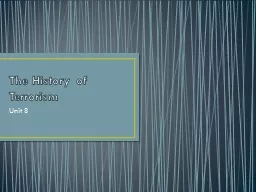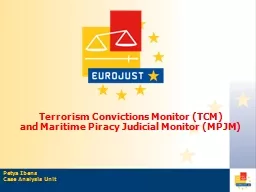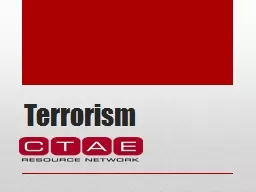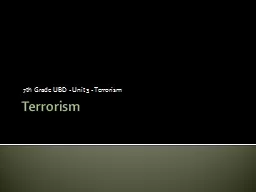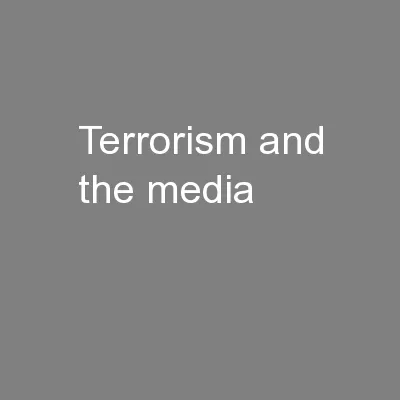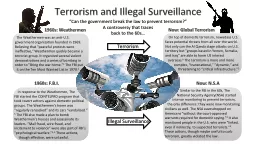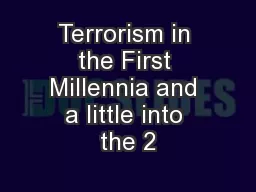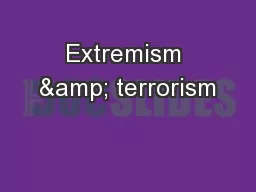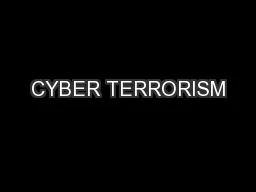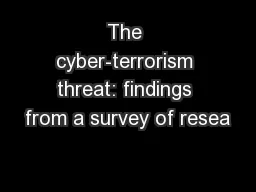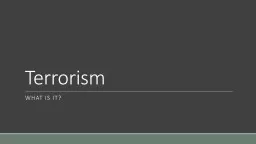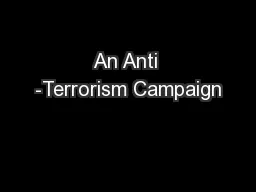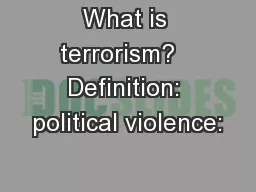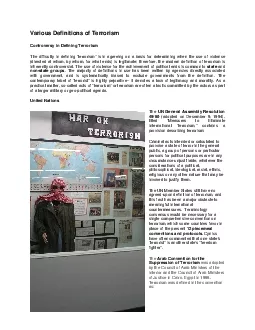PPT-The History of Terrorism
Author : debby-jeon | Published Date : 2018-10-30
Unit 8 I The History of Terrorism A The beginning of terrorism cannot be determined since most researchers believe terror was used as a tool long before written
Presentation Embed Code
Download Presentation
Download Presentation The PPT/PDF document "The History of Terrorism" is the property of its rightful owner. Permission is granted to download and print the materials on this website for personal, non-commercial use only, and to display it on your personal computer provided you do not modify the materials and that you retain all copyright notices contained in the materials. By downloading content from our website, you accept the terms of this agreement.
The History of Terrorism: Transcript
Download Rules Of Document
"The History of Terrorism"The content belongs to its owner. You may download and print it for personal use, without modification, and keep all copyright notices. By downloading, you agree to these terms.
Related Documents

